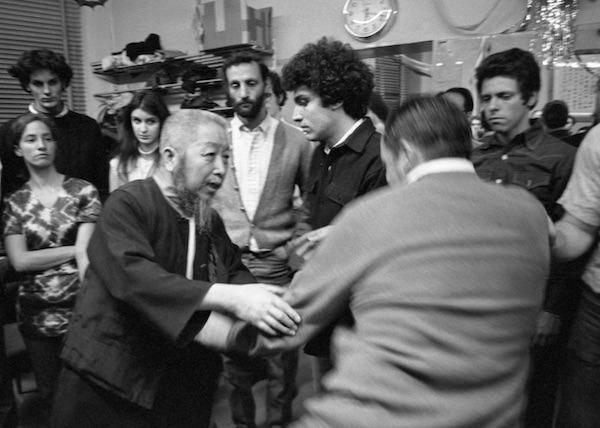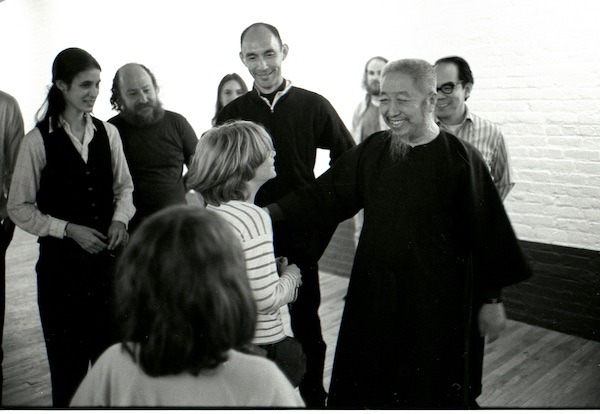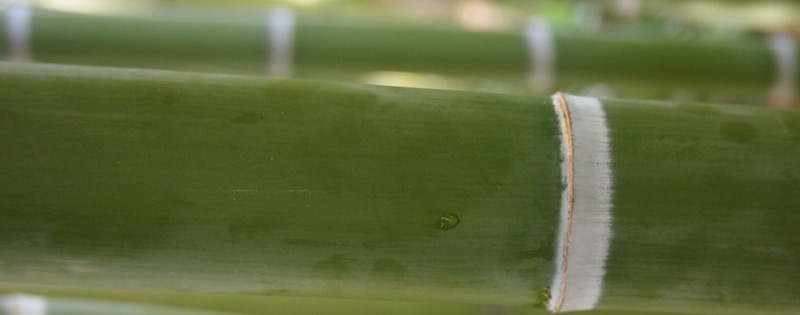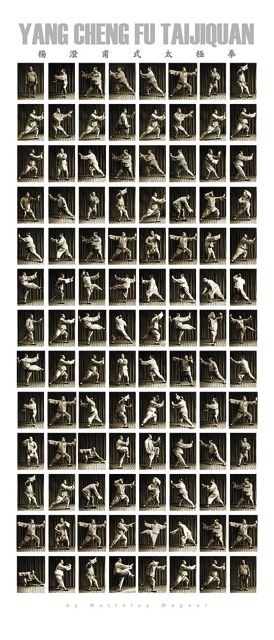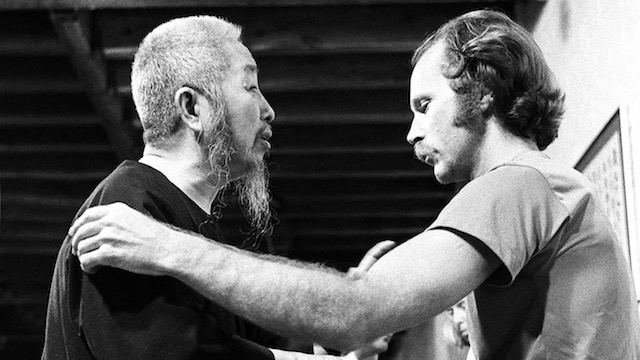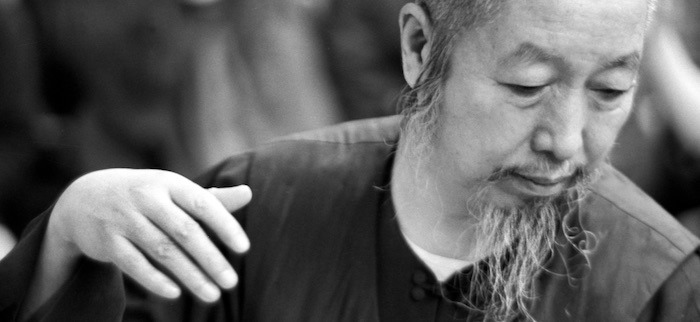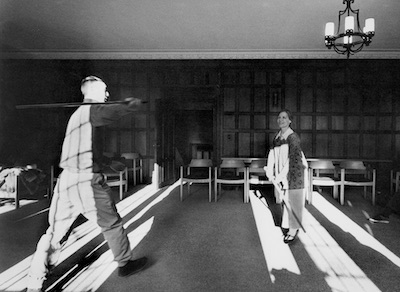Roll Back is the signature, the quintessential, the ‘sine qua non’ move of Tai Chi Chuan.
The nature of “Roll Back“

Roll Back is not an aggressive move, it is a ‘passive’ response to an aggressive move. Roll Back gets one out of the way of the aggressive move, at the same time helping the aggressor to continue going further in the direction of his attack into a negative space. Rollback is done more often in Chen Man Ch’ing’s form than other forms because we sit back to 100% after most forward moves, whereas, in the original Yang form they simply step forward from each 70/30 stance into the next one, emphasizing the offensive over the defensive.
“Roll Back“ moves named as such
The move named ‘Roll Back’ occurs only four times in Ching Man Ching’s thirty seven move form, but the ‘essence’, the ‘act’ of Roll Back shows up throughout the form. It can be described as a ‘posture’, a ‘move’ or a ‘technique’ where in we respond to an incoming blow/strike/punch or push by sitting into our back leg, as we turn our waist, causing the strike to miss our center. As we arrive 100% in the back leg, the back leg, the forward arm connects to the waist turn (applied to the back of the striker), causing them to fall off balance.
Many students give up on ‘roll back’ while doing push hands because it is not easy to do. — We must sit back and turn at the right time: If we begin to turn too soon, the attacker will feel our Yang arm’s pressure and will readjust the attack — if we turn too late, we will not have ‘gotten out of the way’ sufficiently.
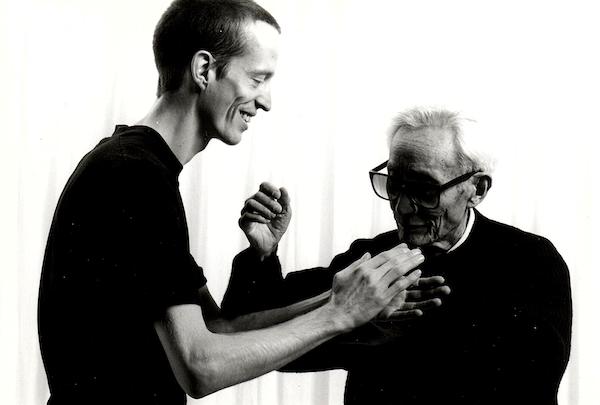
“Hidden“ Roll Backs in the form
There at least twenty more essentially ‘Roll Backs’ in the form, by other names, such as ‘Single Whip’, ‘Cloud Hands’, the transitions within the last two ‘brush knees’, ‘Sit back and ride tiger’ as well as the transitions after the first and the third ‘fair lady works shuttles’ (four corners). All of these ‘Roll Backs’ imbue the Tai Chi principle of following the direction of the aggressor’s movement, and by doing so evade the attack and end up in an advantageous position.
Author: Ken van Sickle
Images: Nils Klug
German version of the article series
Notes on Cheng Man Ching’s Tai Chi System
- Notes on Cheng Man Ching’s Tai Chi System
- Fight or Flight: Tai Chi’s general attitude
- Tai Chi is „swimming in air“
- (Mis)alignment in Tai Chi
- Roll Back
- The Cheng Man Ching 37 Form – Shortening and Changing the Yang Form
- Cheng Man Ching Push Hands
- Tai Chi’s Role
- Ride the Horse in the Direction it is Going
- Momentum

